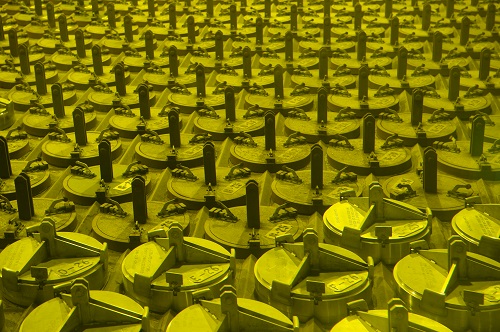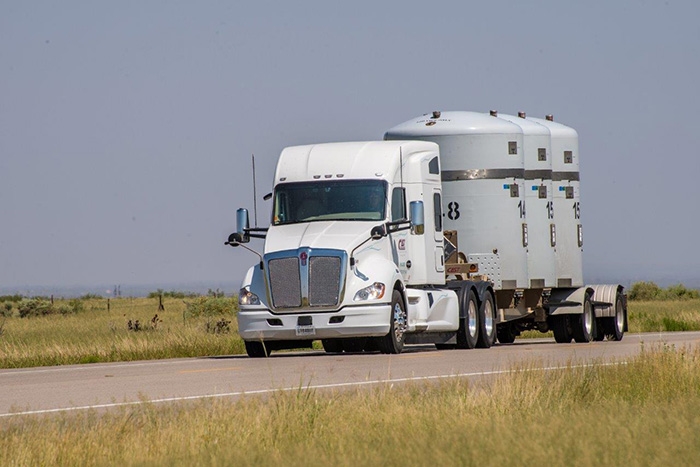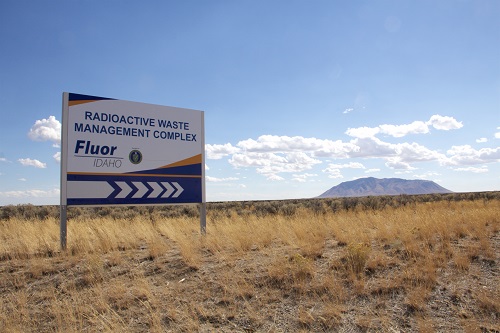Twenty years and more than 12,380 shipments later, tons of Cold War-era waste from decades of bomb-making and nuclear research across the U.S. have been stashed in the salt caverns that make up the underground facility, the Waste Isolation Pilot Plant (WIPP) in New Mexico. Each week, several shipments of special boxes and barrels packed with lab coats, rubber gloves, tools and debris contaminated with plutonium and other radioactive elements are trucked to the site.
But the Waste Isolation Pilot Plant has not been without issues. A 2014 radiation leak forced an expensive, nearly three-year closure, delayed the federal government’s cleanup program and prompted policy changes at national laboratories and defense-related sites across the U.S. More recently, the U.S. Department of Energy said it would investigate reports that workers may have been exposed last year to hazardous chemicals.
Still, supporters consider the repository a success, saying it provides a viable option for dealing with a multibillion-dollar mess that stretches from a decommissioned nuclear weapons production site in Washington state to one of the nation’s top nuclear research labs, in Idaho, and locations as far east as South Carolina… Overall 22 sites around the nation that have been cleaned up as a result of having somewhere to put the waste — including Rocky Flats, a former nuclear weapons plant outside Denver that had a history of leaks, spills and other violations.
For critics, that success is checkered at best since the repository is far from fulfilling its mission. “It’s 80 percent through its lifetime, and it has disposed of less than 40 percent of the waste and has cost more than twice as much as it was supposed to,” said Don Hancock with the watchdog group Southwest Research and Information Center. “How great of a success is that?” Officials initially thought the facility would operate for about 25 years. Rather than wrapping up in the next few years, managers have bumped the timeline to 2050….
With some areas permanently sealed off due to contamination, more mining will have to be done to expand capacity. The federal government also is spending more than a half-billion dollars to install a new ventilation system, sink more shafts and make other upgrades aimed at returning to “normal business.”..,.
Toney Anaya, who served as New Mexico governor in the 1980s, remembers the heated debates about bringing more radioactive waste to the state. He said there were concerns about safety, but the promise of jobs was attractive. Some also argued New Mexico had a moral obligation given its legacy of uranium mining and its role in the development of the atomic bomb.
Excerpts First-of-its-kind US nuclear waste dump marks 20 years, Associated Press, Mar. 23, 2019






